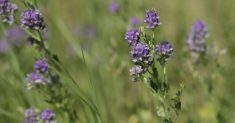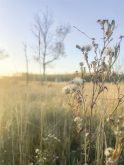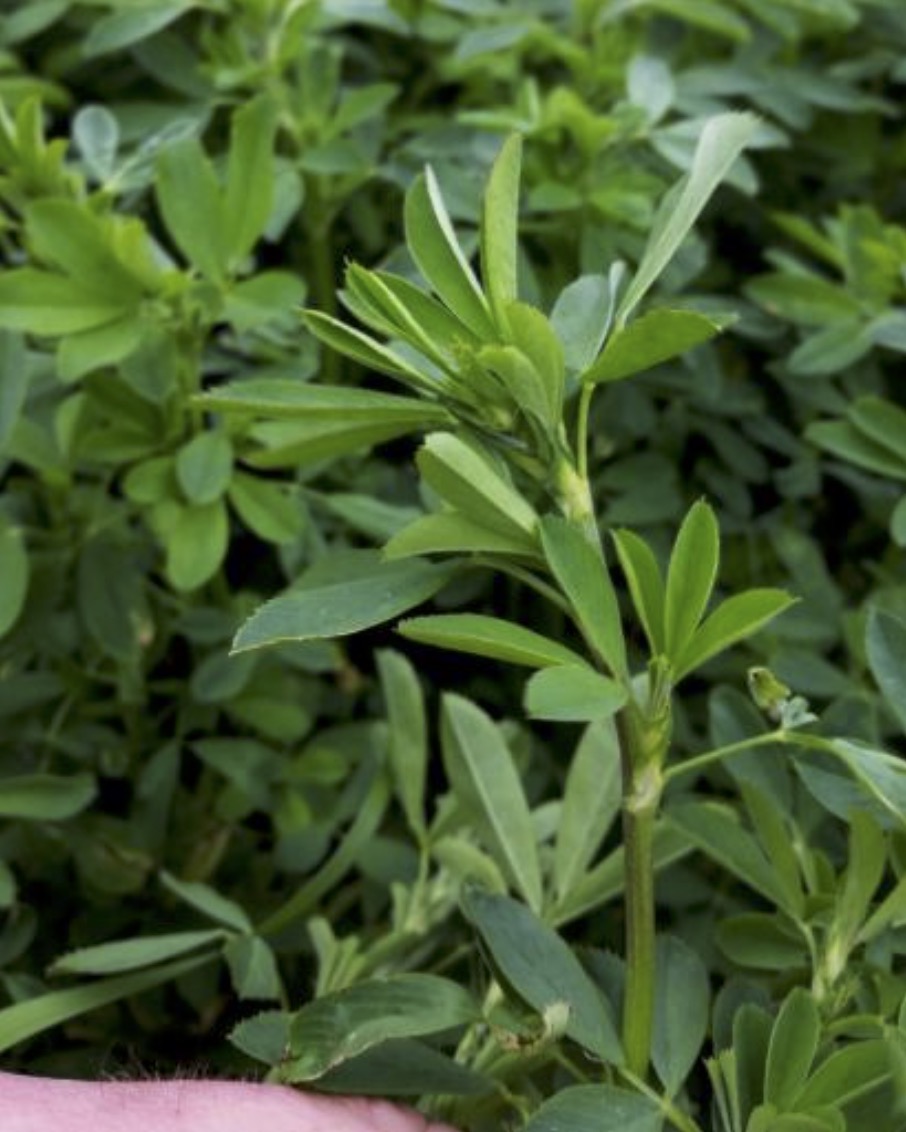Cutting the frozen alfalfa clears the way for new regrowth, especially from the crowns making for a better second cut.”
– GLENN FRIESEN
Farmers with frost-damaged alfalfa should consider mowing if more than 30 per cent of stem tops are wilted or show signs of frost damage and the crop is more than 10 inches tall, says Glenn Friesen, Manitoba Agriculture, Food and Rural Initiatives’ forage specialist.
Much of south-central Manitoba and some western and nor thwestern areas received a killing frost June 6 and some areas in the northwest were hit with frost early in June. If less than 30 per cent of the tops were injured Friesen recommends leaving the stand alone. Enough stems remain to provide good growth. The first cut will drop in yield but will recover completely on second cutting.
Read Also

Pig transport stress costs pork sector
Popular livestock trailer designs also increase pig stress during transportation, hitting at meat quality, animal welfare and farm profit, Agriculture and Agri-Food Canada researcher says
Frost-damaged alfalfa will resume growth from uninjured stems, but regrowth is quicker from the crown, Friesen said.
“Cutting the frozen alfalfa clears the way for new regrowth, especially from the crowns making for a better second cut,” he said.
If there’s enough growth what’s cut can be baled for cattle feed.
Frost damage in alfalfa is variable, just as it was in annual crops, Friesen said. [email protected]



















